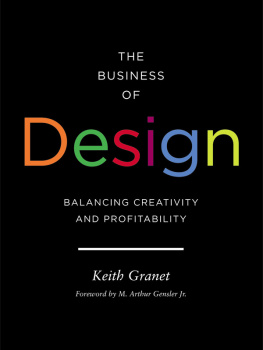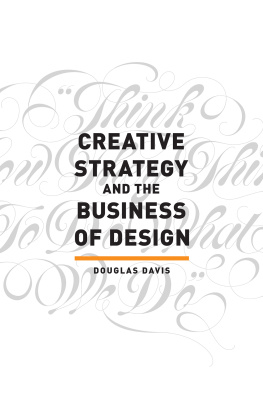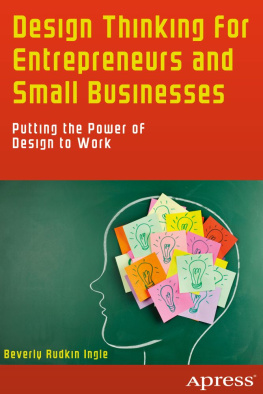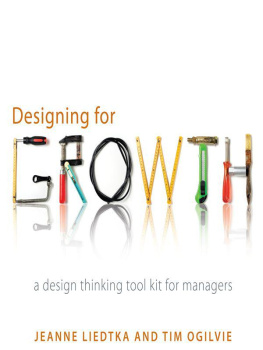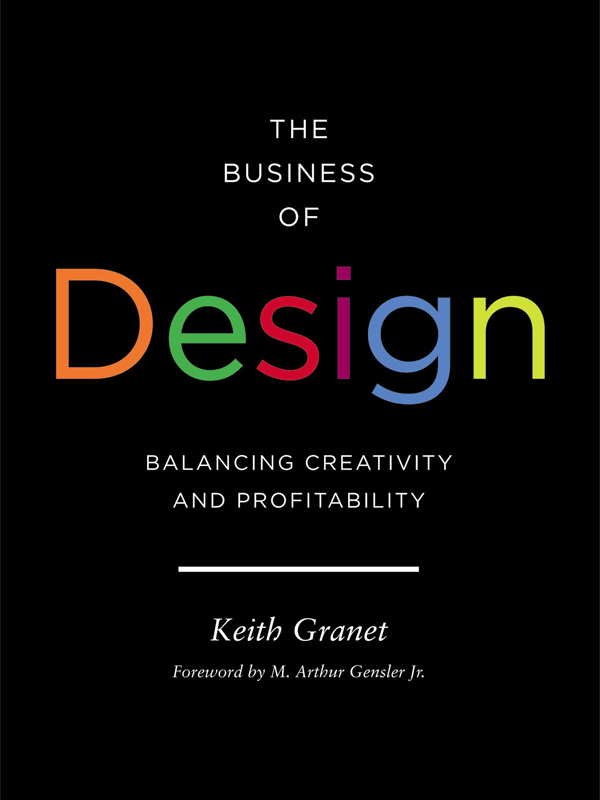
PUBLISHED BY
PRINCETON ARCHITECTURAL PRESS
37 EAST SEVENTH STREET
NEW YORK, NEW YORK 10003
FOR A FREE CATALOG OF BOOKS, CALL 1-800-722-6657.
VISIT OUR WEBSITE AT WWW.PAPRESS.COM.
2011 KEITH GRANET
ALL RIGHTS RESERVED
14 13 12 11 4 3 2 1 FIRST EDITION
NO PART OF THIS BOOK MAY BE USED OR REPRODUCED IN ANY MANNER WITHOUT WRITTEN PERMISSION FROM THE PUBLISHER, EXCEPT IN THE CONTEXT OF REVIEWS.
EVERY REASONABLE ATTEMPT HAS BEEN MADE TO IDENTIFY OWNERS OF COPYRIGHT. ERRORS OR OMISSIONS WILL BE CORRECTED IN SUBSEQUENT EDITIONS.
EDITOR: LINDA LEE
DESIGNER PRINT EDITION: DEB WOOD
SPECIAL THANKS TO: BREE ANNE APPERLEY, SARA BADER, NICOLA BEDNAREK BROWER, JANET BEHNING, MEGAN CAREY, CARINA CHA, TOM CHO, PENNY (YUEN PIK) CHU, RUSSELL FERNANDEZ, JAN HAUX, JOHN MYERS, KATHARINE MYERS, MARGARET ROGALSKI, DAN SIMON, ANDREW STEPANIAN, JENNIFER THOMPSON, PAUL WAGNER, AND JOSEPH WESTON OF PRINCETON ARCHITECTURAL PRESS KEVIN C. LIPPERT, PUBLISHER
LIBRARY OF CONGRESS CATALOGING-IN-PUBLICATION DATA
GRANET, KEITH, 1956
THE BUSINESS OF DESIGN : BALANCING CREATIVITY AND PROFITABILITY / KEITH GRANET ; FOREWORD BY ART GENSLER. 1ST ED.
P. CM.
ISBN 978-1-61689-018-6 (HARDCOVER : ALK. PAPER)
ISBN 978-1-61689-127-5 (DIGITAL)
1. DESIGN SERVICES. 2. SUCCESS IN BUSINESS. I.
TITLE.
NK1173.G73 2011
745.2068DC22
2011000849

THIS BOOK IS DEDICATED
TO MAKING DREAMS COME TRUE.
TO MY MOTHER, DOROTHY,
WHO TAUGHT ME HOW TO DREAM;
TO MY PARTNER, JON,
WHO MAKES MY DREAMS COME TRUE;
AND TO MY SONS, JOSH AND DREW,
WHO ARE MY DREAM.


Forty-five years ago, a college friend who was the development manager for a large commercial project was looking for someone to provide the tenant improvement and interior design for the building. I had never done tenant improvementor even interiorsbut being an architect, I thought, I can do that. So I accepted the assignment, and I started on my way to opening my own firm.
Fortunately, my employer at the time let me work part-time in the mornings so I could focus on my new firm in the afternoons. In two months I was able to build some cash flow, gain an understanding of all the requirements of running my own company, and still have time to set up an actual business and a physical office. I really knew nothing about running an office, about business, or about interiors. But I had enough confidence to believe that I could take on this new assignment and still do a good job for my client. I certainly never realized that this small start-up would grow into the international design firm Gensler. I realize that the process would have been much easier had there been books and programs on how to run a business and develop a professional-service organization that I could have consulted.
The Business of Design by Keith Granet is a wonderful book that serves as an important resource for establishing and managing design firms. Keith provides many invaluable suggestions for designers and architects who want to start a practice or take their business to a new level. I have always thought that as a professionsince all ships rise in a rising tidewe would better serve our clients by running firms that are much more professional. Leveraging Keiths wisdom and expertise will go a long way in raising the bar for professional service firms.
I started my firm without benefit of a business plan or any formal business training. After a few years of practice, I realized I needed to take a course in business, so I enrolled in an extension program at the University of California. After three classes I knew that I wouldnt learn everything I needed to know quickly enough. So I hired my professor, Glen Strasburg, to work directly with the few key people I had brought into my firm. Glen led weekly classes and assigned homework to my team so that we were able to quickly learn what we needed about the business side of our efforts. I believe Glen eventually became the first business consultant to work with architecture and design firms, and it is especially exciting to see what Keith has done following Glens example in both building his consulting practice and in providing support to so many firms.
When I look back at the beginning of Gensler, I realize that because we didnt have a strategic plan, we had to just chase opportunities, try to do the best we could on our projects, and then look again for new clients when the projects ended. I was very fortunatealthough I didnt realize it at the timethat my first assignment connected me with a client with whom I worked for almost two and a half years. In addition, the people I met along the way introduced me to other clients, many of whom are still clients of the firm today.
Over the years I have learned one critical lesson: its a lot easier to do great work and retain an existing client than to continually search for new clients. It cant be emphasized enough that in order to provide a great solution, an understanding of the clients needs and requirements is essential. No matter what area you are working inresidential, commercial, hospitality, etc.you need to understand your clients needs. Each project is different, and each requires different skill sets, but the common thread that runs through all successful projects is understanding the clients needs.
Keith started as an intern at Gensler. He spent eight terrific years learning, exploring, and in many cases helping me and other people in the firm grow in their areas of expertise. When Keith left Gensler to start his own consulting business, it was obvious that he truly could add value to multiple design firms. Im pleased that throughout the book Keith shares some of the skills he learned along the way at Gensler. Its equally important to note that not all of the recommendations that he makes were actually implemented. There isnt just one proven way to practice the profession of design. In fact, there are many successful approaches, but its always important to have a plan, a goal, and to focus on achieving that vision.
I encourage others to follow some of the lessons Ive learned over the course of my career. For example, Ive never felt that I had to compromise my design approach in order to respond to a business requirement presented by a client. Actually, its the other way aroundunderstanding the business side will make you both a better designer and a better professional. It becomes a win-win situation.
I have a photograph on the wall of my officeof a Rolodex and a rubber bandthat reminds me of two very important principles that Ive learned over my career. My actual Rolodex cards contain all the names of the people Ive met over the years and whom Ive had the chance to both work with and learn from. The rubber band represents an approach that Ive learnednot without some painover the years: its better not to try to stretch a client too fast or too far. Architects have a tendency to want to put every creative idea theyve ever had into each project. The fact that most Gensler clients are repeat clients is because weve stretched themas with a rubber bandfar enough to reach new levels but not so far that weve broken the relationship. If you stretch clients gradually, your relationship will have grown to the point where youve learned their needs and requirements by the time youve completed two or three projects together. You can then continue to do wonderful projects together and build your portfolio. The key is to treat those relationships with respect and honor. Listen to your clients and work with them. Youll soon build a better, more challenging, and more exciting practice.
Next page
